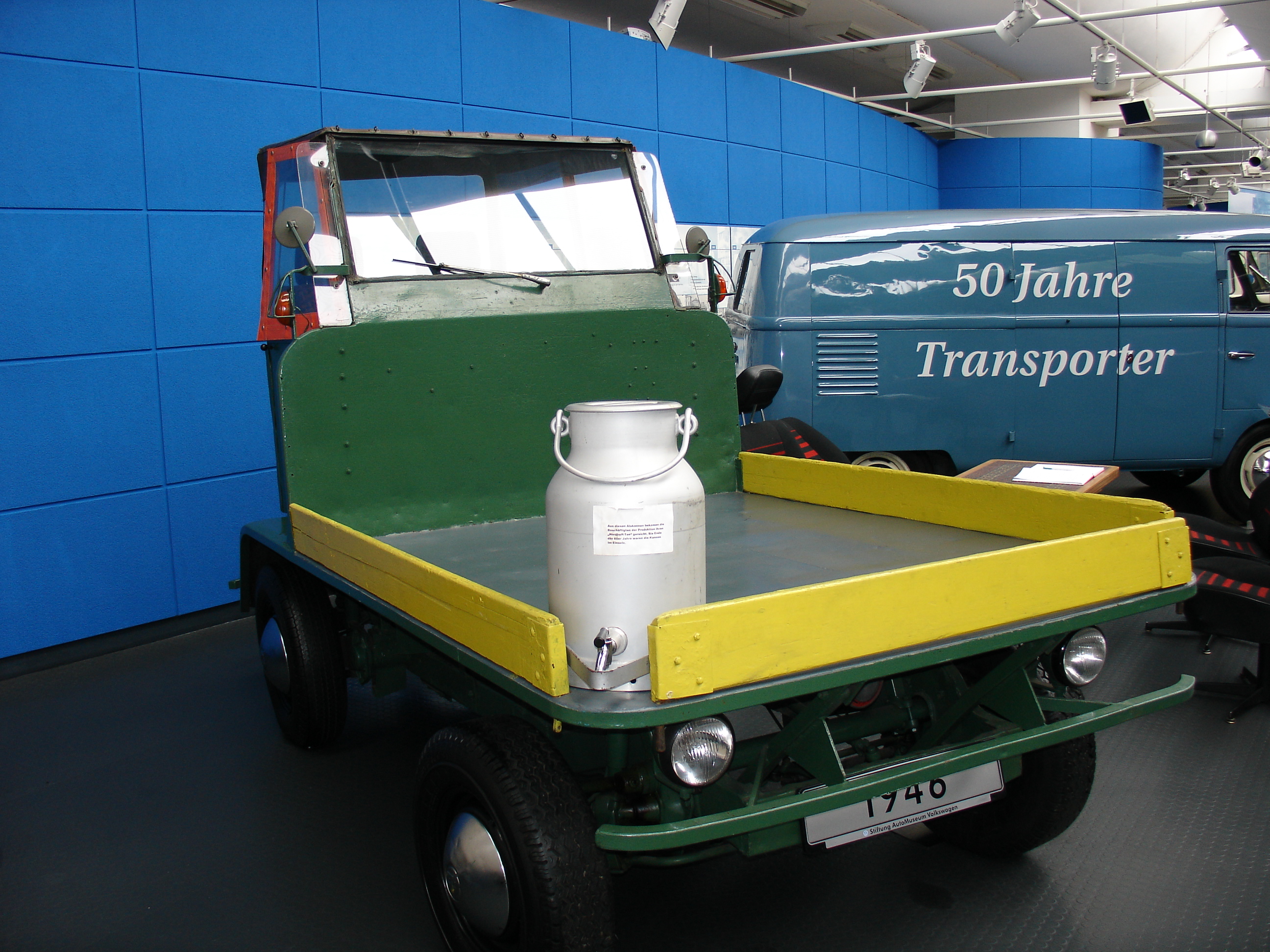|
VW Type 3
The Volkswagen Type 3 is a compact car manufactured and marketed by Volkswagen from 1961-1973. Introduced at the 1961 Frankfurt Motor Show, ''Internationale Automobil-Ausstellung (IAA)'', the Type 3 was marketed as the Volkswagen 1500 and later as the Volkswagen 1600, in three body styles: two-door Notchback, Fastback, and Station Wagon, the latter marketed as the 'Squareback' in the United States. The Type 3 diversified Volkswagen's product range beyond the existing models – the Type 1 Beetles, Type 14 Karmann Ghia, Type 2 vans and pickups – while retaining Volkswagen's hallmark engineering features: the air-cooled rear-engine, rear-wheel drive train, body-on chassis construction with a backbone chassis integrated into the car's floorpan), as well as torsion bar front and rear suspension. Despite using the Beetle's wheelbase, the Type 3 was conceived as a larger car, offering a larger engine and increased cargo and passenger volume — the latter from it ... [...More Info...] [...Related Items...] OR: [Wikipedia] [Google] [Baidu] |
Volkswagen
Volkswagen (),English: , . abbreviated as VW (), is a German Automotive industry, motor vehicle manufacturer headquartered in Wolfsburg, Lower Saxony, Germany. Founded in 1937 by the German Labour Front under the Nazi Party and revived into a global brand post-World War II by the British Army Officer Ivan Hirst, it is known for the iconic Volkswagen Beetle, Beetle and serves as the flagship brand of the Volkswagen Group, the largest automotive manufacturer by worldwide sales in 2016 and 2017. The group's biggest market is in Automotive industry in China, China, which delivers 40 percent of its sales and profits. Its name is derived from the German-language terms and , translating to "people's car" when combined. History 1932–1940: People's Car project Volkswagen was established in 1937 by the German Labour Front (''Deutsche Arbeitsfront'') in Berlin. In the early 1930s, cars were a luxury – most Germans could afford nothing more elaborate than a motorcycle and only one ... [...More Info...] [...Related Items...] OR: [Wikipedia] [Google] [Baidu] |
Rear-engine, Rear-wheel-drive Layout
In automotive design, an RR, or rear-engine, rear-wheel-drive layout places both the engine and drive wheels at the rear of the vehicle. In contrast to the RMR layout, the center of mass of the engine is between the rear axle and the rear bumper. Although very common in transit buses and coaches due to the elimination of the drive shaft with low-floor buses, this layout has become increasingly rare in passenger cars. Overview Most of the traits of the RR configuration are shared with the mid-engine rear-wheel-drive, or MR. Placing the engine near the driven rear wheels allows for a physically smaller, lighter, less complex, and more efficient drivetrain, since there is no need for a driveshaft, and the differential can be integrated with the transmission, commonly referred to as a transaxle. The front-engine front-wheel-drive layout also has this advantage. Since the engine is typically the heaviest component of the car, putting it near the rear axle usually results in more ... [...More Info...] [...Related Items...] OR: [Wikipedia] [Google] [Baidu] |
Volkswagen Type 2
The Volkswagen Type 2, known officially (depending on body type) as the Transporter, Kombi or Microbus, or, informally, as the Bus (US), Camper (UK) or Bulli (Germany), is a forward control light commercial vehicle introduced in 1950 by the German automaker Volkswagen as its second car model. Following – and initially deriving from – Volkswagen's first model, the Type 1 (Beetle), it was given the factory designation Type 2. As one of the forerunners of the modern cargo and passenger vans, the Type 2 gave rise to forward control competitors in the United States in the 1960s, including the Ford Econoline, the Dodge A100, and the Chevrolet Corvair 95 Corvan, the latter adapting the rear-engine configuration of the Corvair car in the same manner in which the VW Type 2 adapted the Type 1 layout. European competition included the 1947–1981 Citroën H Van, the 1959–1980 Renault Estafette (both FF layout), the 1952–1969 semi forward-control Bedford CA and the 1953–1965 ... [...More Info...] [...Related Items...] OR: [Wikipedia] [Google] [Baidu] |
Volkswagen Karmann Ghia
The Volkswagen Karmann Ghia is a sports car marketed in 2+2 coupe (1955–1974) and 2+2 convertible (1957–1974) body styles by Volkswagen. Internally designated the Type 14, the Karmann Ghia combined the chassis and mechanicals of the Type 1 (Beetle) with styling by Italy's Carrozzeria Ghia and hand-built bodywork by German coachbuilding house Karmann. For its final model year, the vestigial rear seat was discontinued for North American models, as it lacked provisions for seat belts; all Karmann Ghias for 1974 were marketed strictly as two-seaters. During 1962–1969, Volkswagen marketed the Type 34, based on the Type 3 platform, featuring angular bodywork and mechanicals from said platform. More than 445,000 Karmann Ghias were produced in Germany over the car's production life, not including the Type 34 variant. Volkswagen do Brasil (Volkswagen Brasil) produced 41,600 Type 34s in Brazil for South America between 1962 and 1975. Long noted for its exterior styling, the Karm ... [...More Info...] [...Related Items...] OR: [Wikipedia] [Google] [Baidu] |




